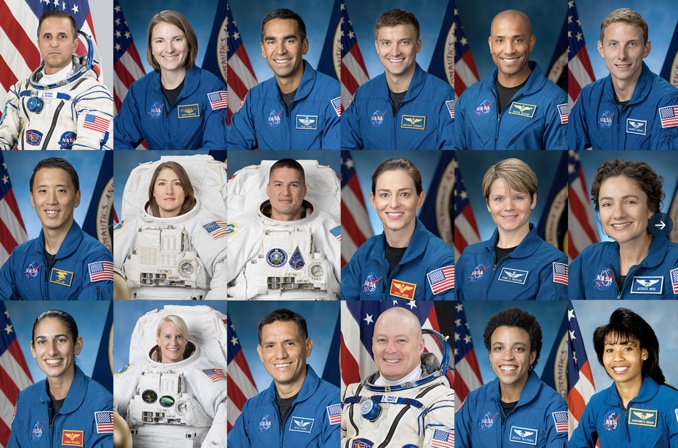A passion for the natural world drives many of our adventures. And when we’re not outside, we love delving into discoveries about the places we live and travel. Here are some of the best natural history links we’ve found this week.
Where do predators kill humans? In the West, an animal attack often becomes front page news, but that is not the case in countries where it is more common. Researchers have studied 5,440 attacks from big cats, wolves, coyotes, and bears over the last 70 years.
On average, one in three attacks is fatal. Over that period, the number of attacks has increased in lower income areas, where predators live closer to humans. There are two potential reasons for this increase. The first is that as natural habitats decrease, big mammals are forced to move into more populated areas. The second is that the reporting of attacks has improved.
Attacks from big cats are the most deadly, with 65% ending in fatalities, compared to just 9% of bear attacks. This is due to the different types of attack. Many big cats stalk and actively attack humans as food. Meanwhile, most bears attacked when they were surprised by people or were protecting cubs.
A massive 72% of predatory attacks, where the carnivore was trying to kill for food, happened in India.
Making outer space available to everyone
NASA is selecting the next astronauts to walk on the moon: The last time the U.S. sent astronauts to the moon, all 12 members of the Apollo team were white men. Nearly all came from the ranks of the U.S. Navy and Air Force.
Five decades later, NASA is reaching further for its talent. NASA launched its Equity Action Plan last year to make outer space accessible to a broader range of people.
Forty-two astronauts are currently training for possible inclusion in the Artemis moon mission. Beyond this, NASA has opened applications to any U.S. citizen who has a Masters degree in math or science, not just those in the military. Candidates are an almost 50:50 split between men and women. Their diversity is similar to that of the U.S. population.
In 2019, NASA had its first all-female spacewalk, completed by Christina Koch and Jessica Meir. Last year, Jessica Watkins became the first Black woman to complete a long-duration mission on the space station. Months later, Nicole Mann became the first Native woman on space.
The Artemis program started last November. Artemis 1 took mannequins into space. Artemis 2 will bring astronauts into orbit around the moon before returning to Earth. Finally, in 2025, they will fly to the moon on Artemis 3 and once again walk on the lunar surface.

The first 18 astronauts selected for the Artemis mission. Photo: NASA/spcaeflightnow.com
Robots at work
Robots enter race to save coral reefs: Coral restoration projects have been underway for years. Researchers grow healthy coral polyps in nurseries. However, it takes years for polyps to grow into the huge colonies we know as reefs. As oceans become more acidic, this process is slowing.
Now one researcher, Taryn Foster, is trying to accelerate the process. She is creating limestone shapes, similar to those of coral skeletons, that can act as a base for polyps to grow on. This will hopefully speed up the process to 12-18 months.
Robots will help with the intense manual labor of this project. To plant 1.7 million corals on 280,000 limestone skeletons a year, Foster is helping develop robotic arms to cut and attach the coral fragments to the skeleton.
Thwaites Glacier more sensitive than previously thought: Antarctica’s Thwaites Glacier is frequently the subject of climate change studies. Britain and the U.S. are now using an underwater robot to study its melting. The Thwaites Glacier is the size of Britain, and if it melts entirely, global sea level will rise by half a meter.
Researchers have discovered that the underside of the glacier is flat and is melting slower than expected. However, cracks in the underside allow warm water to penetrate and accelerate the glacier’s deterioration.
“Basically, the warm water is getting into the weak spots and making them even weaker,” said Dr. Britney Schmidt. The story includes a fascinating video of the robot’s exploration of the glacier’s vulnerable underside.

The horseshoe crab. Photo: Shutterstock
A unique blood type
The decline of horseshoe crabs spells trouble: When bacteria break down, endotoxins can release and cause fever, septic shock, or even death.
All new drugs are tested for these toxins using the blood of horseshoe crabs. This blood can identify minuscule amounts of the toxin. No other natural substance is as effective.
The crabs have managed to survive five mass extinctions over the last 475 million years. Now they are struggling because of humans. In the U.S. alone, 1.4 million of crabs are caught each year. Half of this number donate their blood to pharmaceutical research. Scientists try to release the crabs back into the sea but 30% die. Meanwhile, the population of seabirds that rely on horseshoe crab eggs as a food source has decreased by 85%.
Fearing a shortage or even extinction of these valuable creatures, researchers are frantically trying to come up with a substance as effective as crab blood for drug testing.






